Scientists have been able to create fairly complete pictures of the evolutionary origins of many species, but doing so tends to depend on having a number of well-preserved fossils. Without these fossils, there can be huge gaps in our evolutionary understanding.
This was the case with our scientific understanding of prehistoric snakes, but an incredible new fossil discovery in Wyoming may now give incredible insight into the elusive history of ancient snakes.
The White River Formation

Fossilized snake remains were found in the White River Formation, a layer of rock that was deposited in the Paleogene Period.
The rocks are around 38 million years old, a time of widespread volcanic activity in North America. Volcanic ash mixed with sand and silt in the sediments serves to give the formation a white color.
A Fossil Hotbed
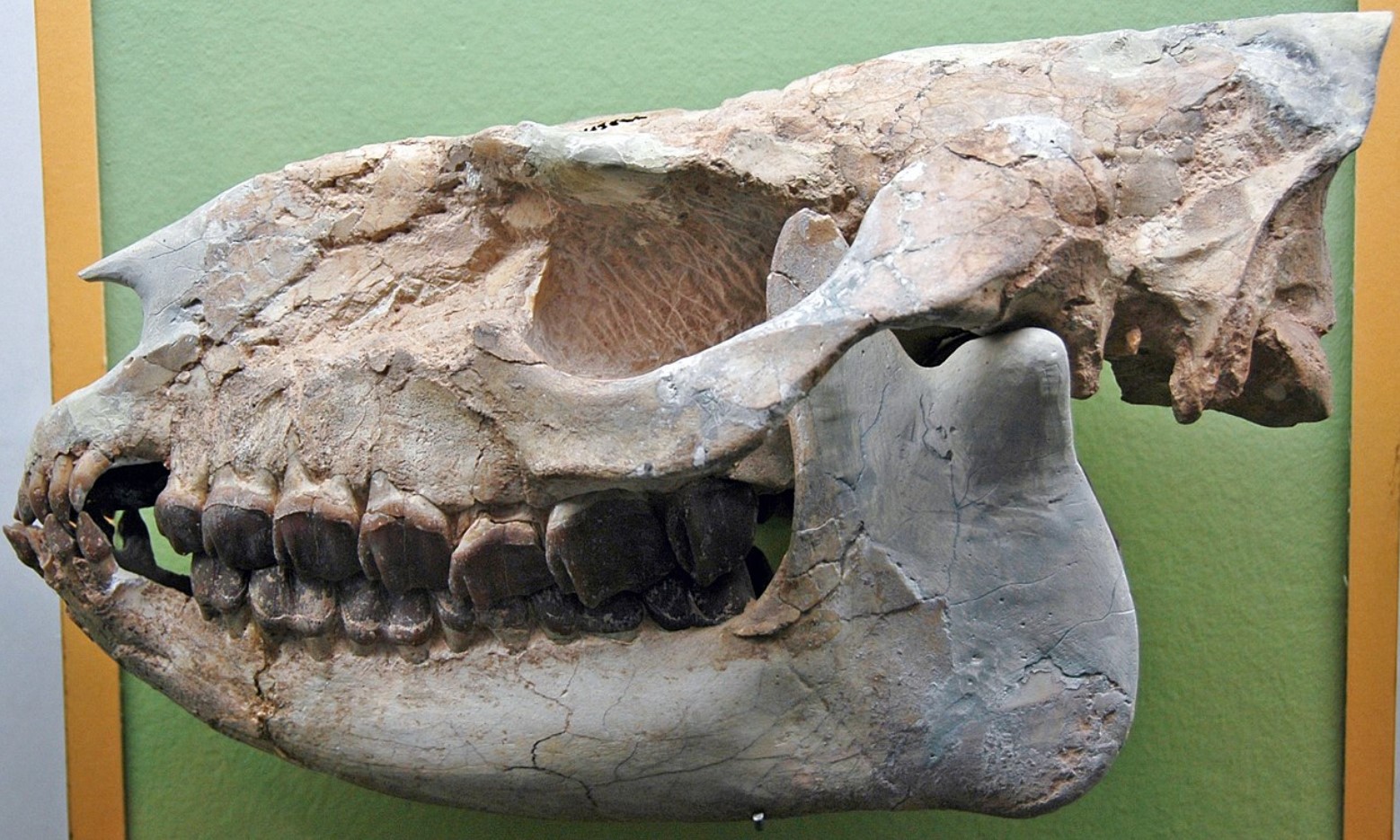
The White River Formation is of such scientific significance because of all the incredibly well-preserved fossils discovered in the geological formation.
Containing some of the most complete vertebrate fossil records in North America, the White River Formation has presented scientists with fossils of early cats, dogs, big-bodies mammals, lizards, turtles and a host of other fascinating species.
Challenges With Snake Fossils
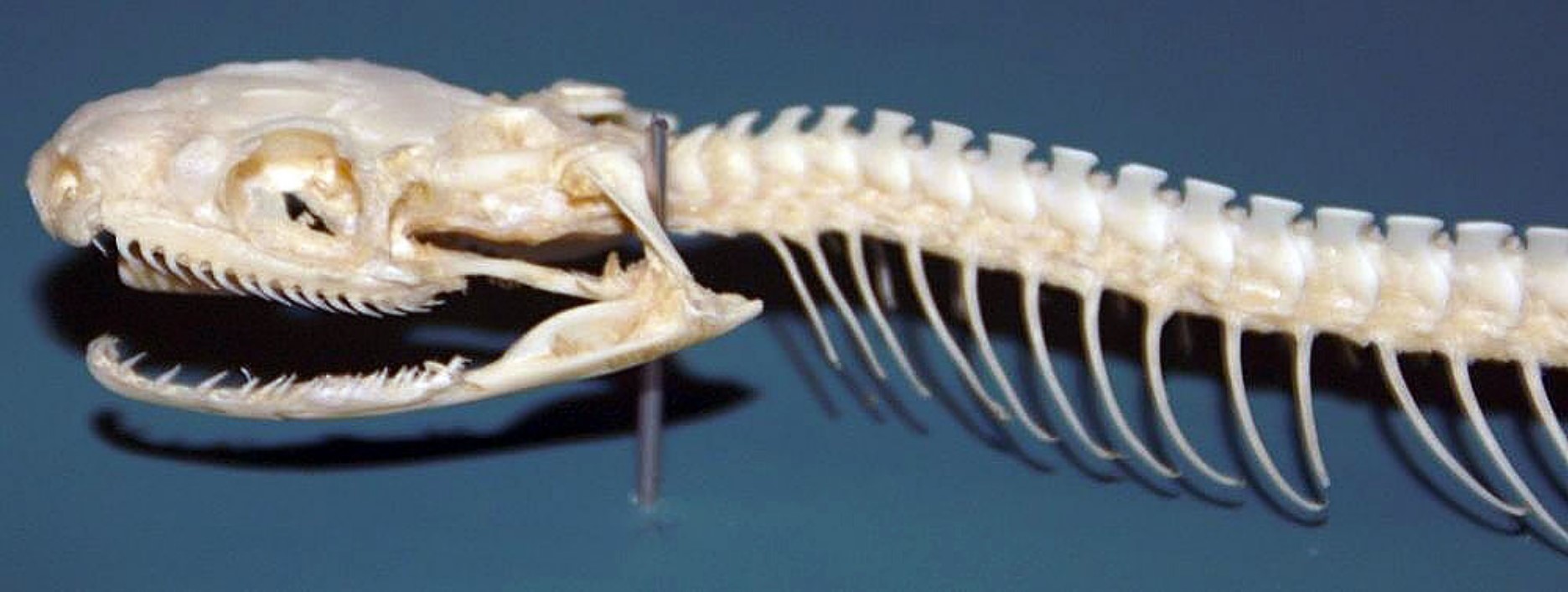
One area of the prehistoric animal kingdom where fossil hunters have persistently struggled in their studies is researching ancient snakes.
Scientists tend to only be able to work from isolated bone fragments as snake bodies aren’t massively robust and have a tendency to disarticulate after death, meaning it’s incredibly rare to find intact snake fossils.
A Den of Perfectly Preserved Prehistoric Snakes
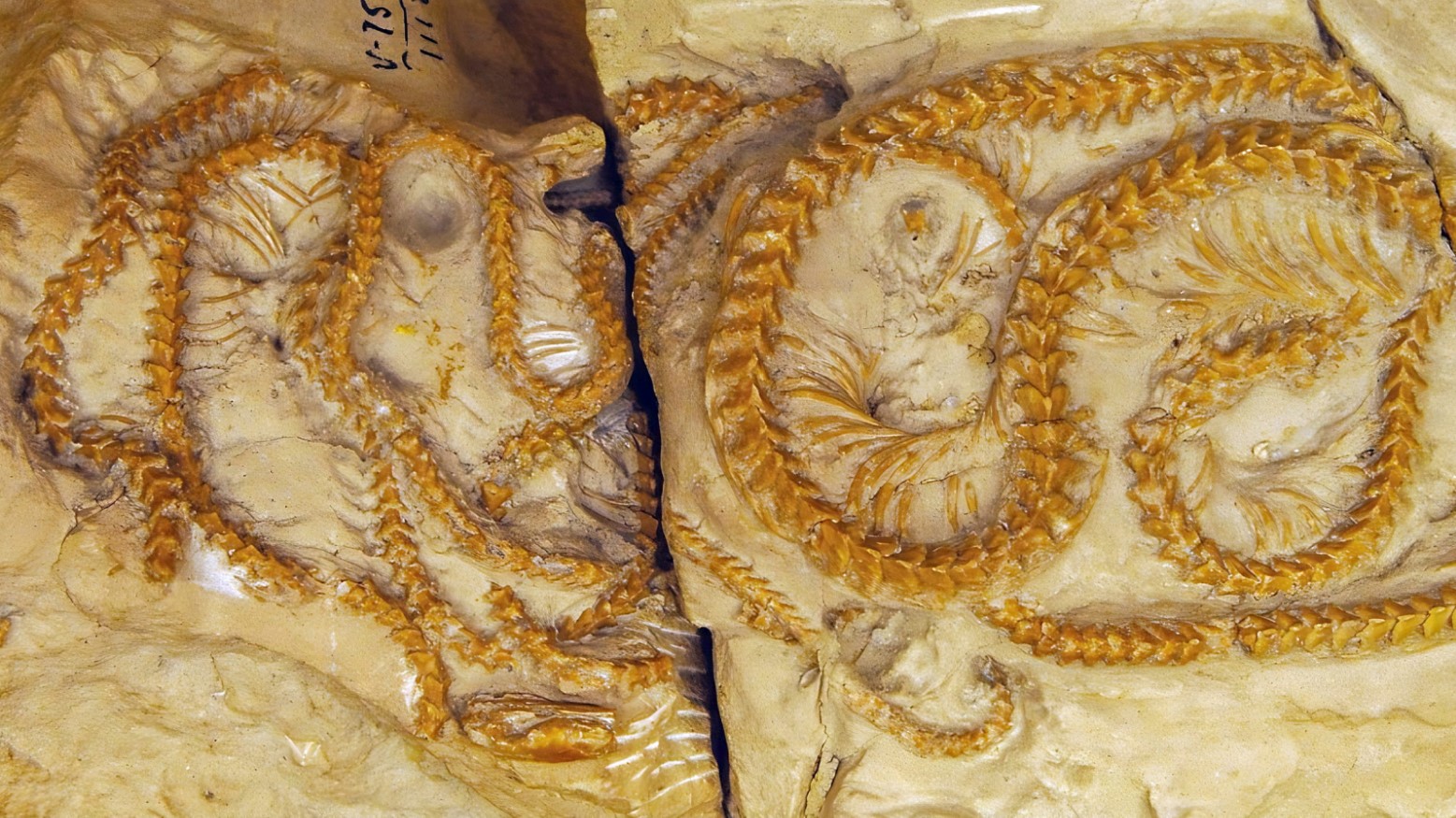
That’s exactly what a research team from the University of Alberta was blessed with — a paleontology Holy Grail of not just one but four near-perfectly preserved snake specimens.
Three of these ancient skeletons are of particular interest as they were discovered together in a burrow, completely intact but for the very tips of their tails.
A Boa Ancestor
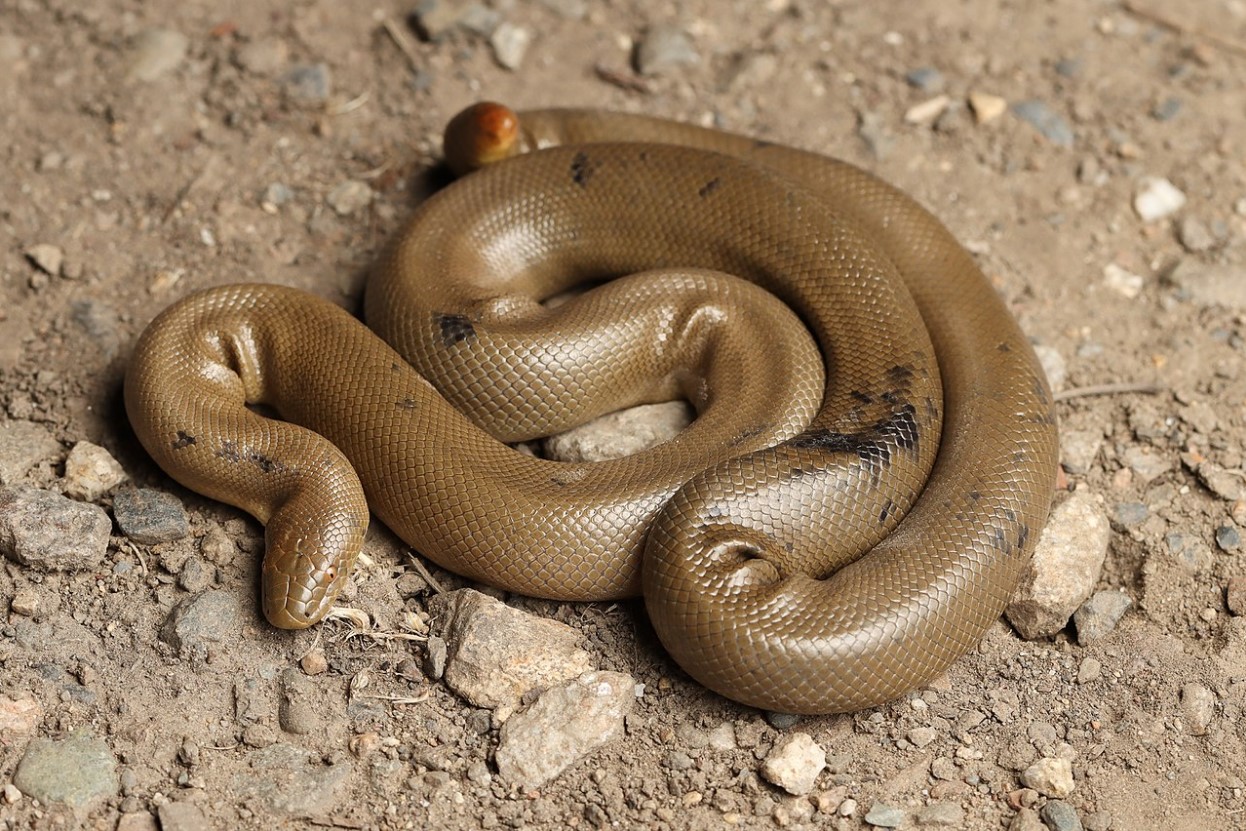
These fossils mark the most complete discoveries of their kind ever found in the White River Formation.
The four specimens of the species, dubbed Hibernophis breithaupti by the research team, is a kind of ancient rubber boa, a small member of the boid family of snakes that includes modern species like the anaconda and boa constrictor.
An Understanding of Anatomy and Behavior
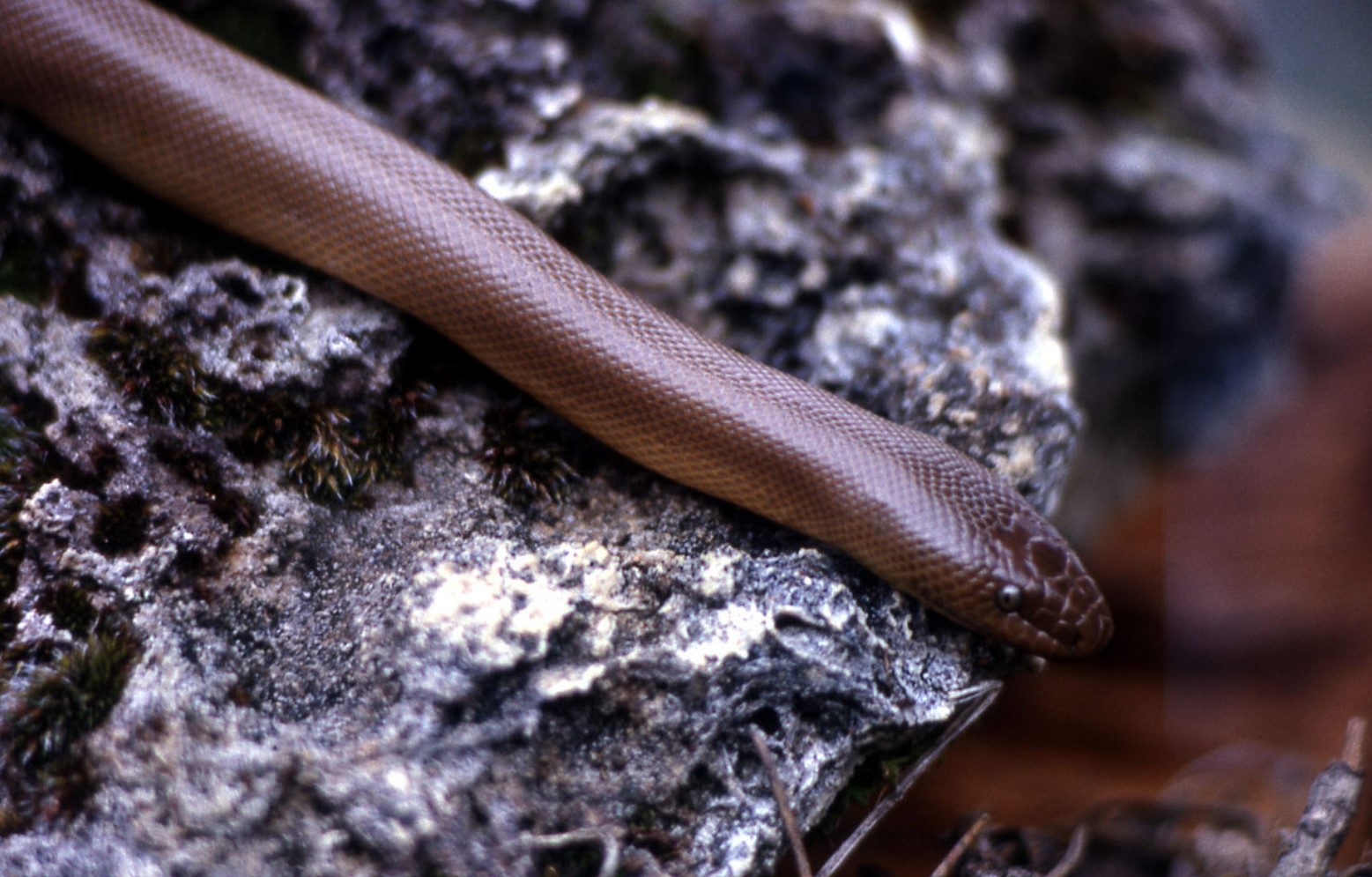
The discovery of these fossils is obviously significant from an evolutionary standpoint, providing a detailed look at the anatomy of these 38-million-year-old snakes.
Beyond just this nuts and bolts understanding, the three fossils discovered together in particular help to give an incredible insight into the behavior of this prehistoric reptile species.
Social Insight
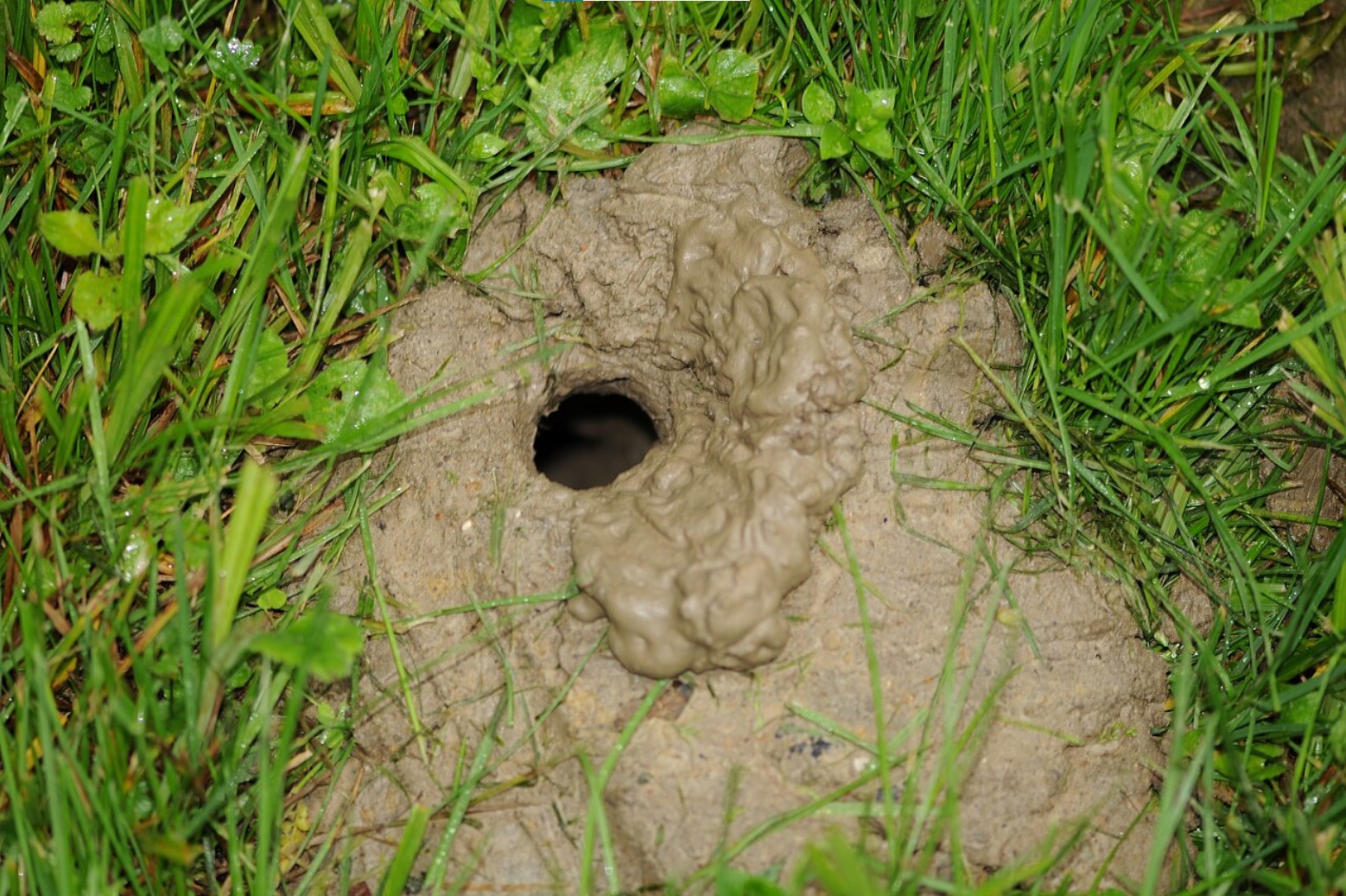
It’s significant that three specimens were found in the same burrow like this, according to the study’s authors.
The snakes were found in a burrow dug by a burrowing mammal. All three in the same burrow means they obviously had no issues sharing the same space, providing an insight into the social behavior of these ancient boids.
More to the Story
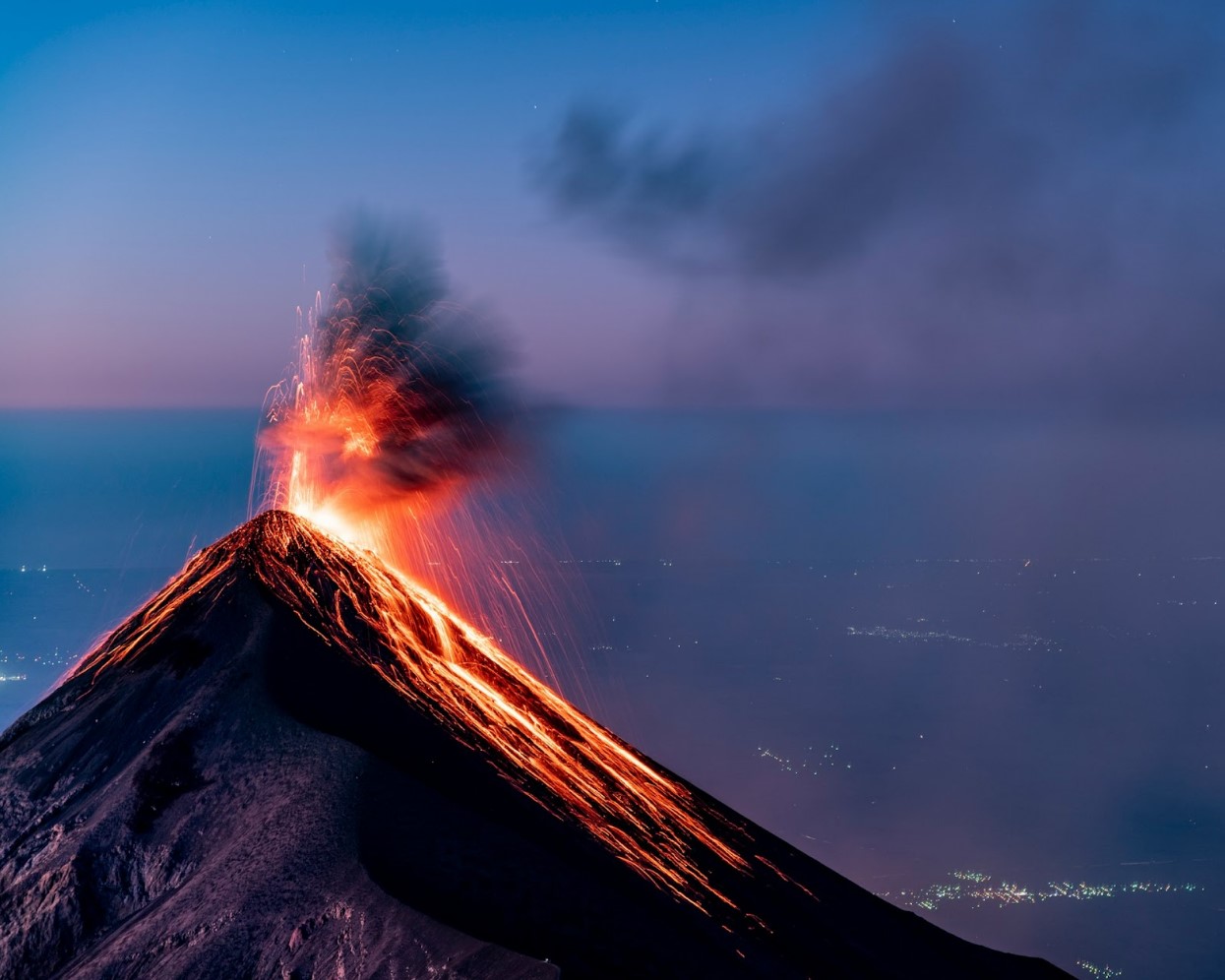
There are also other inferences that could be made by looking at these three fossils. For example, one is much larger than the other two. Could these specimens have been a family looking to hide from some volcanic disaster?
Beyond more abstract speculation like this, this burrowing behavior has precedent in the activities of modern snakes.
Modern Parallels
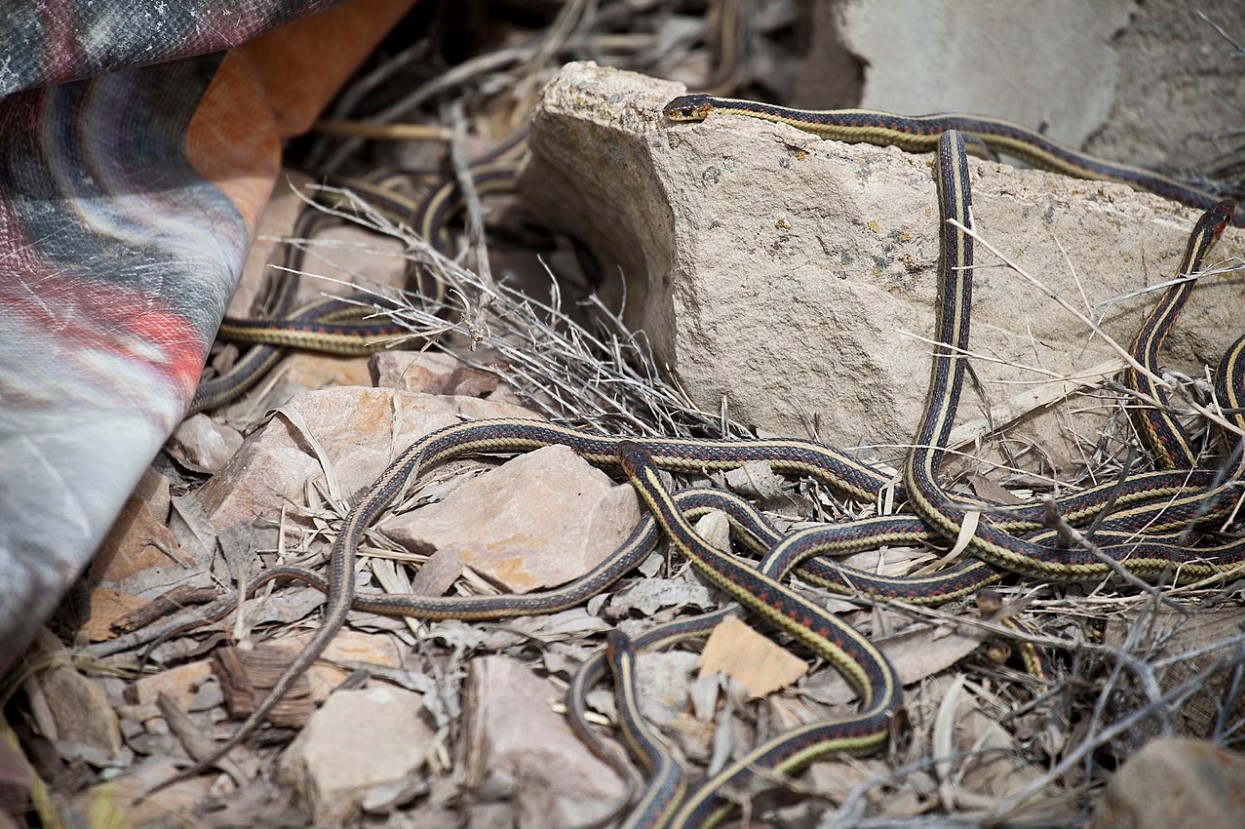
It’s very common to see thousands of garter snakes in colder climates find burrows created by other animals and live together in holes to survive colder temperatures. They do so by sharing their collective body heat in what’s known as hibernaculum.
It’s possible these prehistoric snakes were in the same burrow to form a hibernaculum to prepare for cold weather. Or maybe it was a fright response and they were hiding from an ash event or some other threat. Regardless, it clearly shows some sort of communal social behavior that laypeople don’t usually accredit to the cold-blooded animals.
A Rediscovery

There’s one other aspect of this fossil discovery that makes it so noteworthy — it’s actually something of a rediscovery.
The team looked at fossils already in the collection of the UW Geological Museum to see if they could discover something new. Indeed, it was a CT scan of the fossil of the burrowed snakes that revealed there was a third snake that wasn’t immediately visible as it was inside the block. This shows the potential for new insights to be gleaned from a second look at existing evidence.
Shining a Light on the Past

Modern archaeology and paleontology have embraced the latest scientific methods to enhance our understanding of the past. Genetic analysis, for example, has expanded our knowledge of evolution to no end.
But it’s impossible to overstate just how valuable a well-preserved fossil specimen can still be. Just the existence of the Wyoming fossils provides incredible insight into the behavior of prehistoric snakes and how this perhaps influenced modern species still alive in the area today. The answers it provides, and the questions it raises, will hopefully lead to more research and even more discovery.
